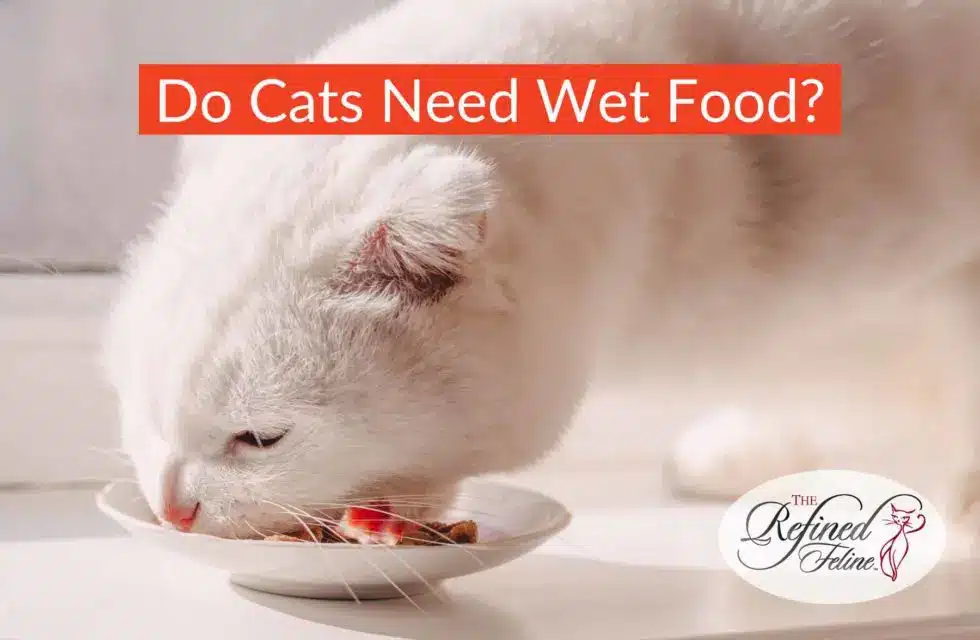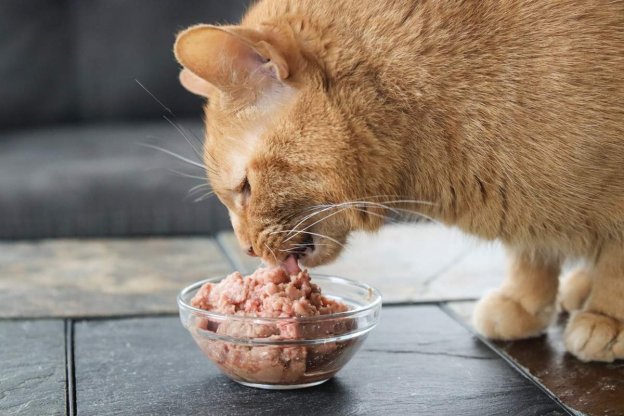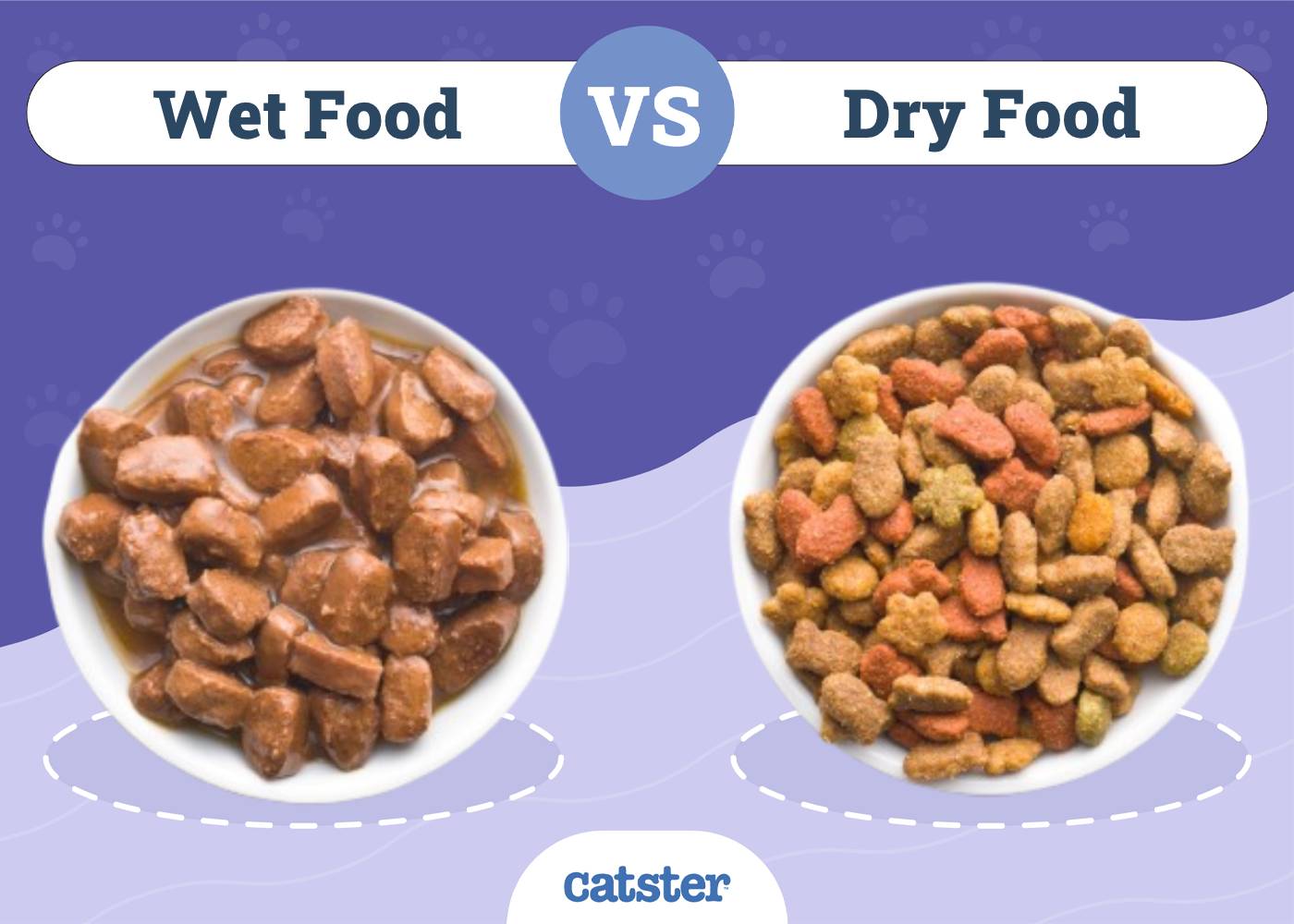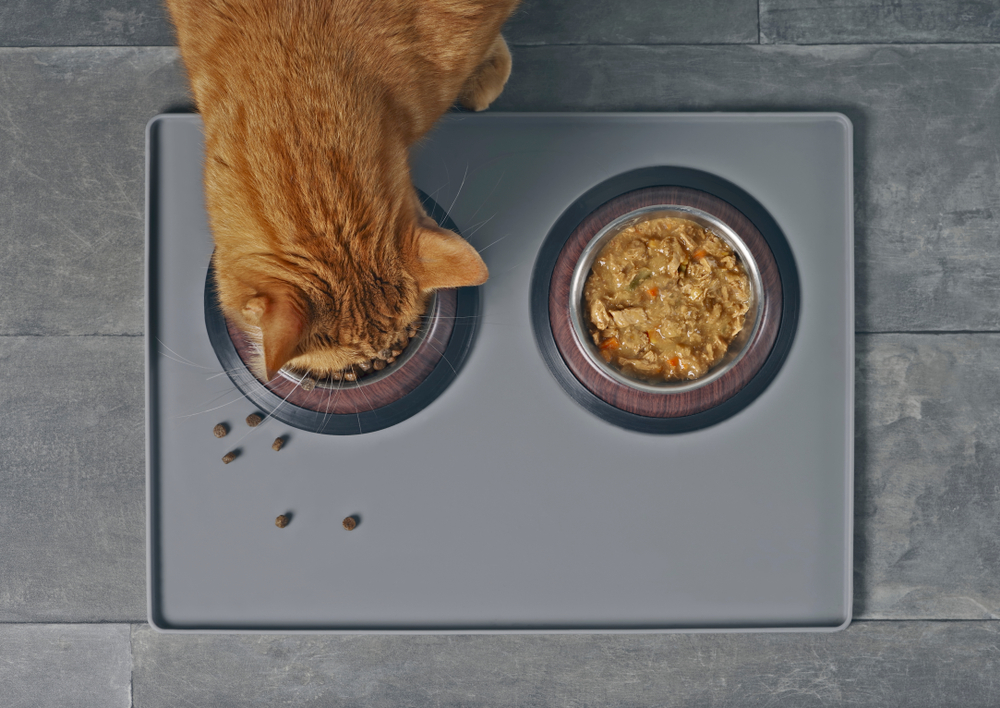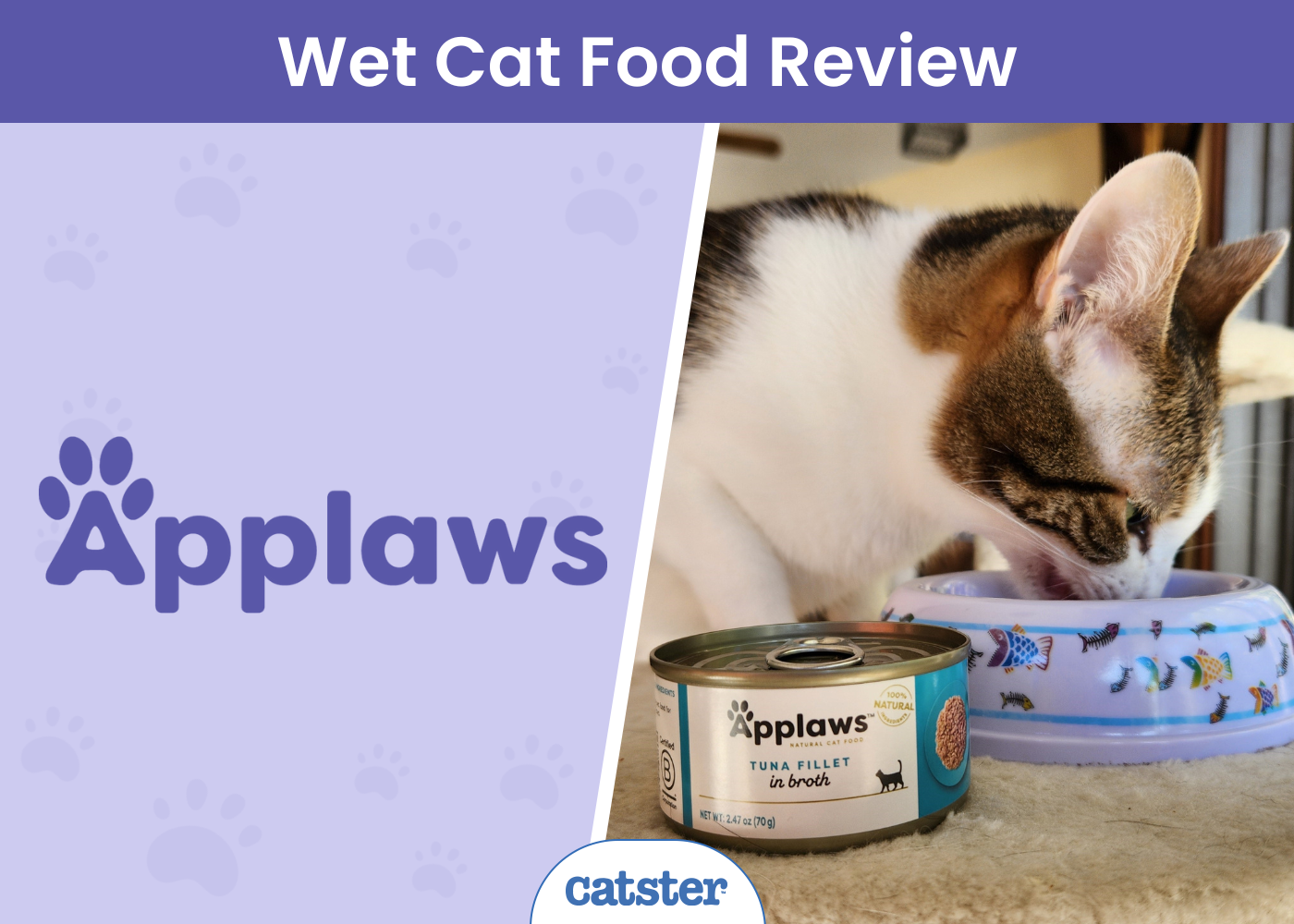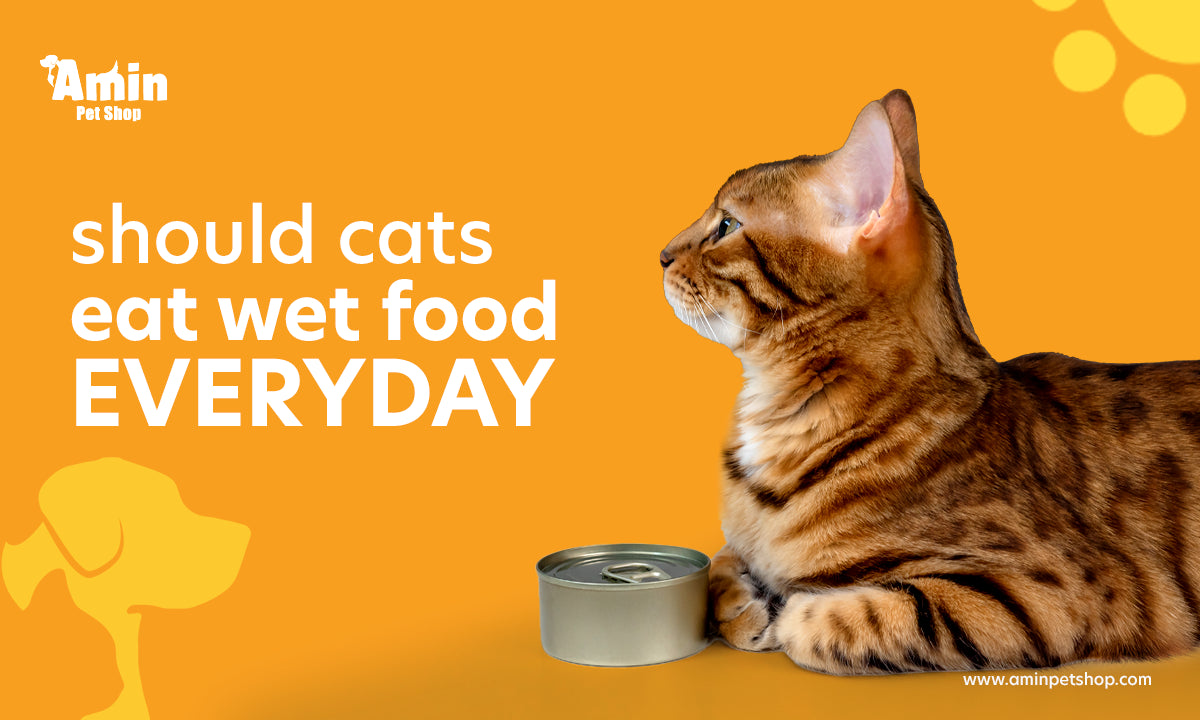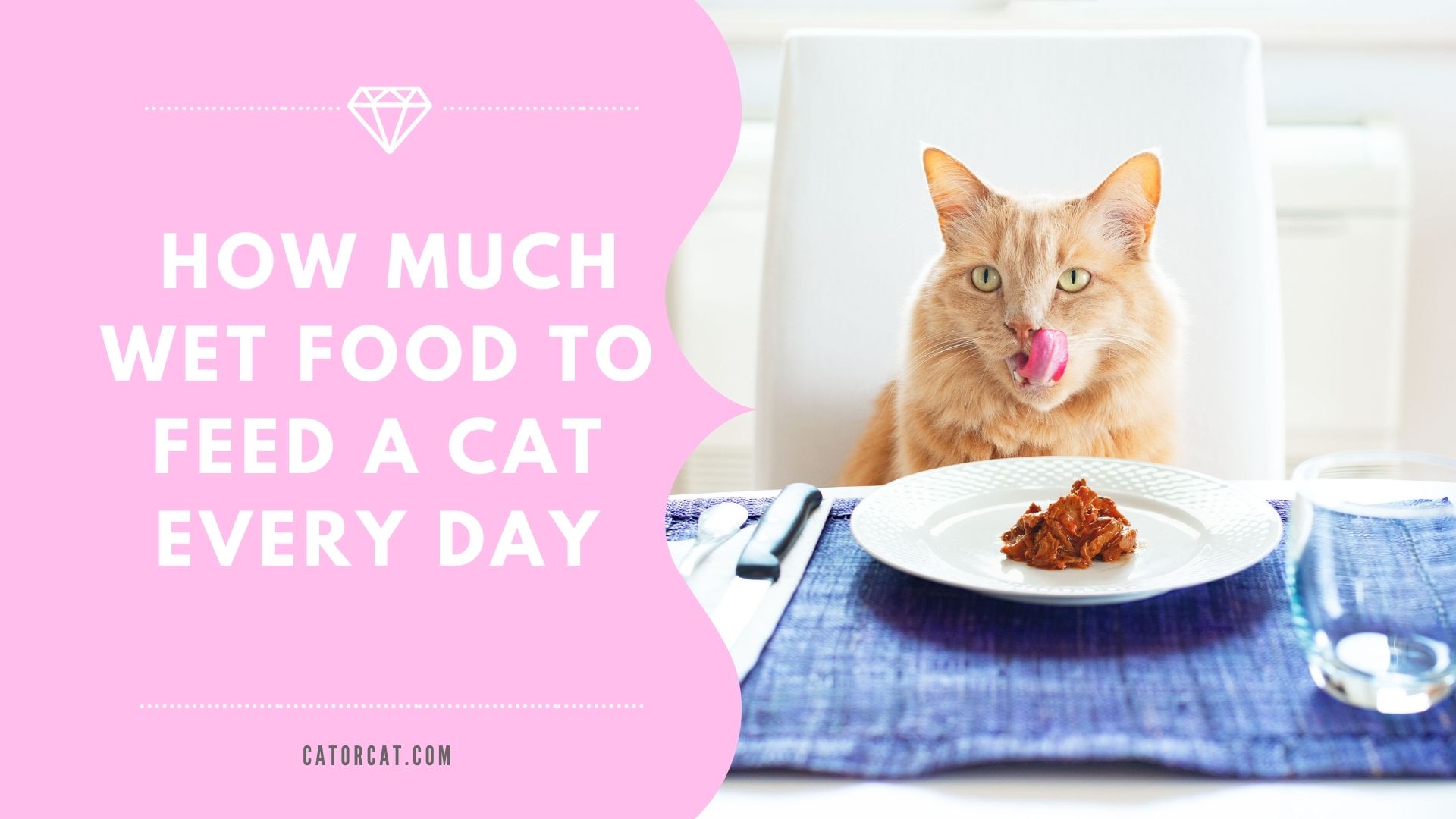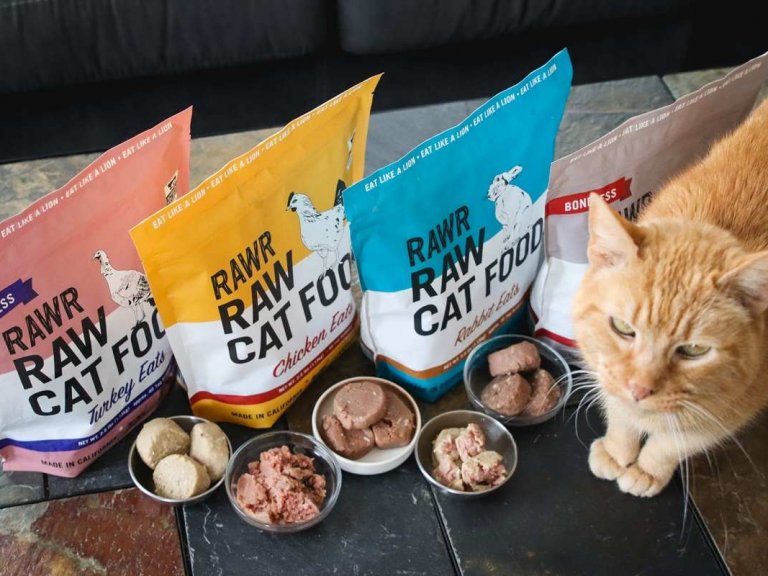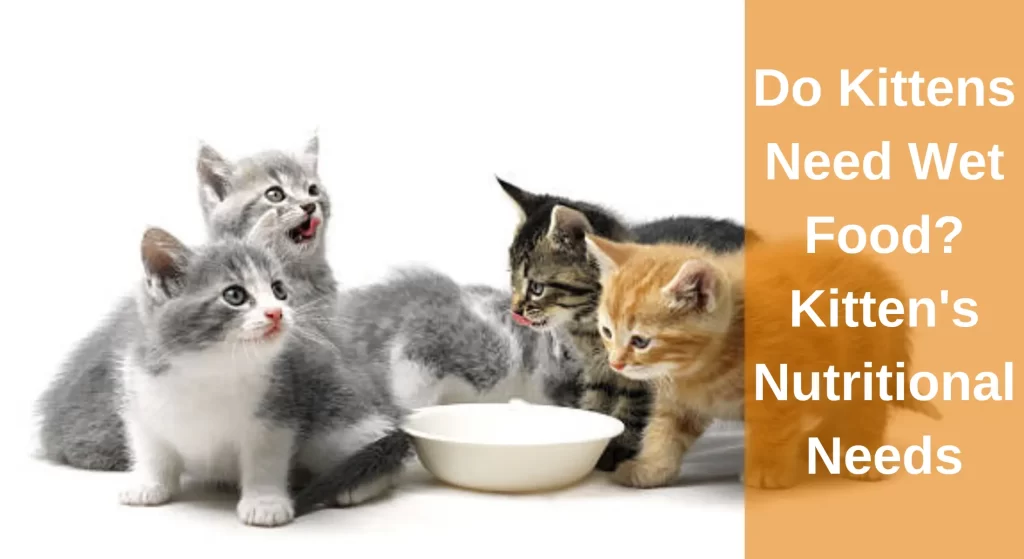Do Cats Need Wet Food Everyday

The gentle clinking of a spoon against a ceramic bowl. A soft, anticipatory meow that escalates into a full-blown serenade. For many cat owners, this scene is a daily ritual, a prelude to a mealtime decision: dry kibble, or that tantalizing, savory wet food? The question lingers in the air, thick with the aroma of tuna and unspoken feline expectations.
The central question: Do cats need wet food every day? The answer, as with many things in the feline world, is nuanced. While not strictly *necessary* for all cats, incorporating wet food into a feline's diet can offer significant benefits, particularly regarding hydration and overall health. It is not a one-size-fits-all answer.
The Call of the Wild: Understanding Feline Dietary Needs
To understand the role of wet food, it's essential to consider the natural diet of a cat. Felines are obligate carnivores, meaning their bodies are designed to thrive on a diet primarily composed of meat. Wild cats obtain most of their hydration from their prey, a crucial point often overlooked in domestic settings.
Dr. Emily Carter, a feline nutritionist at the Veterinary Wellness Center, explains, "A cat's natural prey, like mice and birds, has a high moisture content, around 70%. This is significantly higher than dry kibble, which typically contains only 5-10% moisture."
The evolution of the feline digestive system is intertwined with this high-moisture intake. Domestic cats often don't have a strong thirst drive, relying on food for hydration. The lack of this natural thirst drive can lead to chronic dehydration if they only eat dry food.
The Dry vs. Wet Debate: A Nutritional Showdown
Dry food offers convenience and affordability, making it a staple for many cat owners. It's shelf-stable, easy to measure, and can help promote dental health through its abrasive texture.
However, dry food falls short in the hydration department. This is where wet food steps in, offering a significant boost in moisture content, typically around 70-80%.
Wet food can be particularly beneficial for cats with certain health conditions. These conditions include kidney disease, urinary tract issues, and constipation where increased hydration is crucial. It also plays a major role in weight management.
The American Animal Hospital Association (AAHA) recommends considering wet food as part of a cat's balanced diet, especially for cats prone to urinary issues or those with low water intake. "The higher moisture content in wet food helps dilute urine, reducing the risk of crystal formation and urinary tract infections," their guidelines state.
Beyond Hydration: Additional Benefits of Wet Food
The advantages of wet food extend beyond simple hydration. The high protein content in many wet food formulations aligns better with a cat's natural dietary needs.
Wet food often contains fewer carbohydrates than dry food. This is important because cats are not efficient at processing carbohydrates, and excessive carbs can contribute to weight gain and related health issues.
The texture and aroma of wet food can also be more appealing to picky eaters, encouraging them to eat more. This can be particularly helpful for older cats or those with dental problems who may find dry kibble difficult to chew.
According to a study published in the Journal of Feline Medicine and Surgery, cats fed a combination of wet and dry food had a lower risk of developing obesity compared to cats fed only dry food.
Potential Drawbacks and Considerations
While wet food offers numerous benefits, it's not without its drawbacks. It's generally more expensive than dry food, and leftovers can spoil quickly, requiring refrigeration. Uneaten wet food also has the tendency to emit pungent odors.
Wet food can also contribute to dental issues if not properly managed. Unlike dry food, it doesn't provide the same abrasive action that helps remove plaque and tartar. Brushing your cat's teeth regularly is always a good idea, regardless of their diet.
The choice between wet and dry food, or a combination of both, should be made in consultation with a veterinarian. This is especially true if your cat has any underlying health conditions.
Crafting the Purr-fect Meal Plan: Practical Tips
If you're considering incorporating wet food into your cat's diet, start slowly. Introduce small amounts of wet food alongside their usual dry food to avoid digestive upset. This also ensures they get used to the new texture and flavor.
Experiment with different flavors and textures to find what your cat enjoys most. Some cats prefer pate-style wet food, while others prefer shredded or gravy-based options. If they are picky, warm up the food slightly to enhance its aroma.
Always follow the feeding guidelines provided on the food packaging and adjust portion sizes as needed to maintain a healthy weight. Pay attention to your cat's individual needs and preferences.
Monitor your cat's water intake, even if they are eating wet food. Ensure they always have access to fresh, clean water, and consider using a water fountain to encourage them to drink more.
The Verdict: Listen to Your Feline Friend
Ultimately, the decision of whether or not to feed your cat wet food every day is a personal one. There's no definitive "yes" or "no" answer. Instead, there is an understanding of the different benefits to each diet.
Prioritize your cat's individual needs, health status, and preferences. Work closely with your veterinarian to create a balanced and nutritious meal plan. A combination of wet and dry food can be a great option for providing both hydration and dental benefits.
Beyond the scientific data and expert opinions, the most important factor is your cat's overall well-being. Observe their behavior, monitor their health, and listen to their subtle cues. A happy, healthy cat is the ultimate reward for any devoted owner. Consult your veterinarian for personalized advice.
